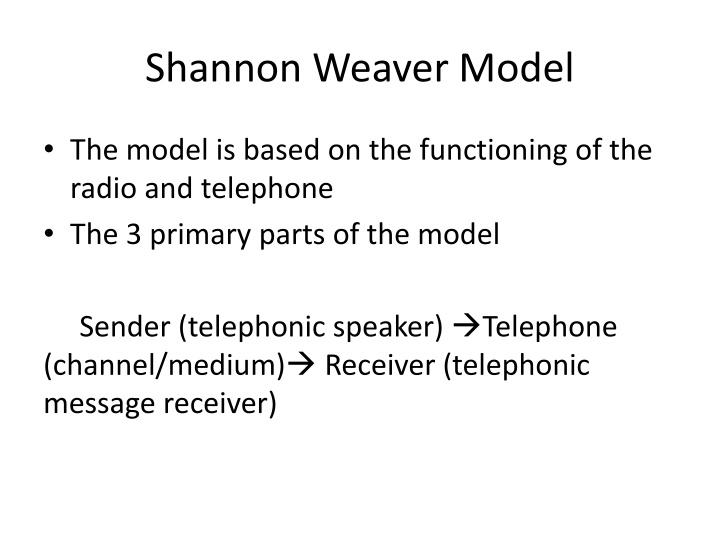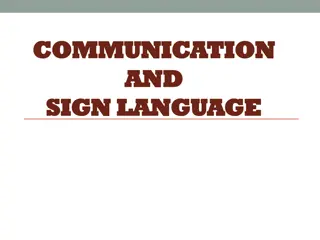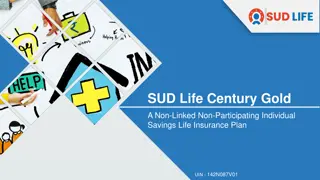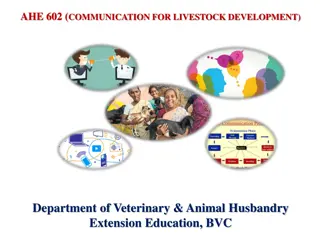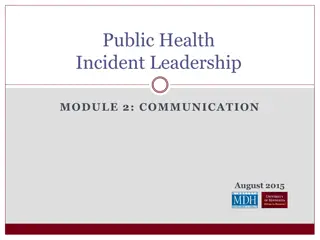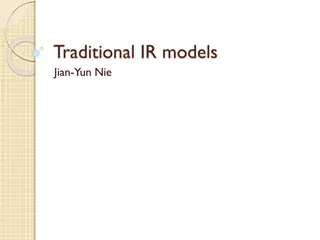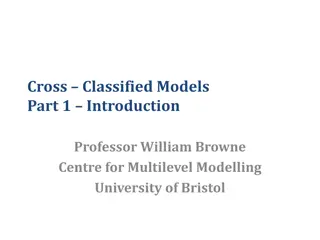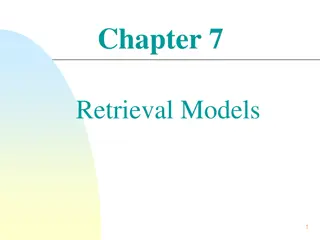Communication Models Overview
The Shannon-Weaver Model is based on the functioning of radio and telephone, with key parts being sender, channel, and receiver. It involves steps like information source, transmitter, channel, receiver, and destination. The model faces technical, semantic, and effectiveness problems. The Linear Model, by Laswell, lacks feedback and effective participation. The Interactive/Convergence Model, such as Schramm-Wood, highlights two-way communication with feedback points. Lastly, the Transactional Model views communication as dynamic and contextual, with roles of speaker and listener being interchangeable.
Download Presentation

Please find below an Image/Link to download the presentation.
The content on the website is provided AS IS for your information and personal use only. It may not be sold, licensed, or shared on other websites without obtaining consent from the author.If you encounter any issues during the download, it is possible that the publisher has removed the file from their server.
You are allowed to download the files provided on this website for personal or commercial use, subject to the condition that they are used lawfully. All files are the property of their respective owners.
The content on the website is provided AS IS for your information and personal use only. It may not be sold, licensed, or shared on other websites without obtaining consent from the author.
E N D
Presentation Transcript
Shannon Weaver Model The model is based on the functioning of the radio and telephone The 3 primary parts of the model Sender (telephonic speaker) Telephone (channel/medium) Receiver (telephonic message receiver)
Shannon Weaver Model Their transmission model can be elaborated: Different steps of the Shannon Weaver Model: An information source, which produces a message A transmitter, which encodes the message into signals A channel, to which signals are adapted for transmission A receiver, which decodes (reconstructs) the message from the signal A destination where the message arrives
Shannon Weaver Model 3 problems of this model: Technical: Problem of accurate transmission/ Disturbance/ lack of signal/ noise Semantic: Problem of precise meaning/ Misreading of signals and symbols Effectiveness: Problem of impact on behavior, Feedback related problems, no control over feedback
Linear Model (Laswell, 1948) Sender encodes message Receiver decodes message Communication moves in one direction No feedback No effective participation
Interactive/ Convergence Model (Schramm-Wood) Communication as a two way process Communication has several reference points: culture, geography, personal experience etc. Feedback- Verbal, non verbal Advantage-Close to real life situation Disadvantage- Feedback may be delayed
Interactive/Convergence Model Also called Convergence Model: Communication converges on the point of feedback Point of Feedback: Point where messages are understood and replied to Convergence point: Ensures cyclical nature of communication
Transactional Model Communication as a dynamic process All elements in communication cycle interdependent Roles of speaker and listener interchangeable Communication is contextual
